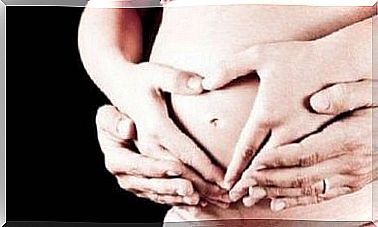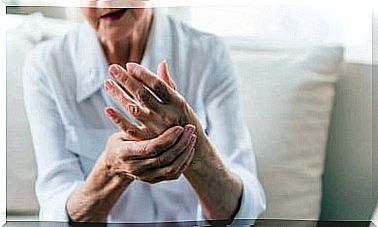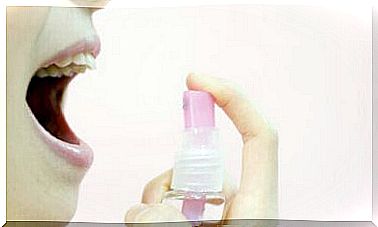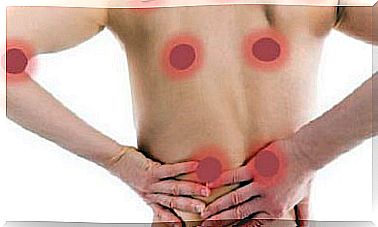What To Do In Case Of Sudden Cardiac Arrest
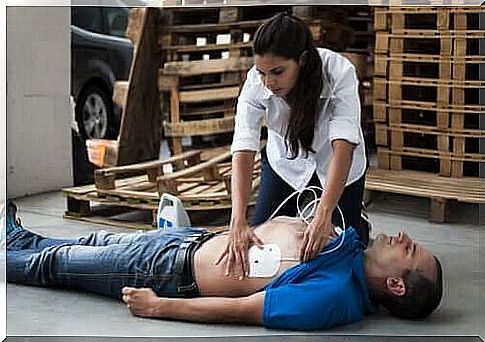
Sudden cardiac arrest is a situation where a person’s circulation and breathing stop abruptly. It is a critical moment that endangers the life of the person experiencing it. However, it is potentially reversible if handled properly.
What does ‘potentially reversible’ mean? Well, that in a number of cases you can really help someone if you intervene quickly and properly. It’s important to note, however, that it doesn’t go like the movies. Sudden cardiac arrest is surrounded by all kinds of myths.
In fiction, someone suddenly wakes up as if nothing happened after someone performs CPR. This is quite different from reality. In a real situation, someone only regains consciousness when the electrical stimulus from the heart is restored.
So you can really help someone who has a cardiac arrest if you know how to act in this case. Continue reading this article for some tips on what to do in case of sudden cardiac arrest.
It is important to know how to react if someone has a sudden cardiac arrest
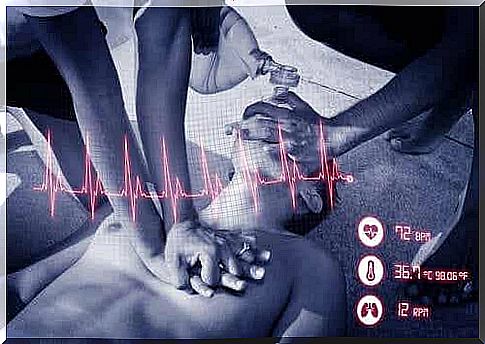
Both blood circulation and breathing stop when a person has a sudden cardiac arrest. This means that oxygen no longer reaches all parts of the body. Unfortunately, the brain will suffer serious damage if this situation lasts longer than six to eight minutes (Spanish link).
It is therefore very important to act quickly as 80% of cases occur outside the healthcare environment. In fact, almost 60% of these cases take place in the owner’s home. Currently, estimates indicate that only 6 in 100 people know what to do in this situation.
Those who experience sudden cardiac arrest need basic life support. In other words, it’s all about replacing the features someone has (temporarily) lost by taking some simple measures.
The goal here is to maintain oxygenation through the blood circulation until professional health services arrive. They will then re-stimulate the heart to try to reactivate the heart.
What to do in case of sudden cardiac arrest?
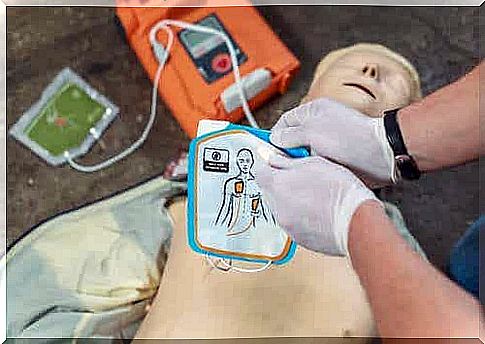
The first thing you need to know is how to recognize this situation. First, make sure you and the victim are in a safe environment. For example, is someone lying in the middle of the road? You have to move him or her if you can’t close the road. Preferably contact 112 as soon as possible.
When confronted with an unconscious person, you should try to stimulate him or her so that he or she regains consciousness. It is important to ask the patient to open their eyes. Check whether the patient is breathing.
When you contact the emergency services, you must indicate that it is a CPR and describe and explain all the details of the situation. Also, follow their instructions and have someone else find the nearest defibrillator if you are not alone.
Don’t waste as much time as possible when you know for sure that someone is having a sudden cardiac arrest. Lay the victim on his back and place one hand on the forehead and the thumb of the other hand on the chin so that you can ventilate the patient by blowing air in through the mouth for 2 seconds.
CPR
Cardiopulmonary resuscitation consists of chest compressions and ventilation. Your shoulders must be above the victim’s chest to do chest compressions.
- Straighten your arms and place your hands in the center of the sternum.
- Forcefully perform 30 rhythmic chest compressions, then ventilate the unconscious person for 2 seconds.
- The protocol calls for two rescue breaths and then 30 chest compressions.
Semi-automatic defibrillators are available in a number of public places (Spanish link). In any case , it will be necessary to start CPR until health services arrive and tell you to stop.
CPR is a simple but tiring activity. Rescuers should therefore relieve each other if possible when doing the chest compressions when someone else is around, so that they can relax for a while. If we learn CPR properly, we have a chance to save a life if someone has a sudden cardiac arrest.


